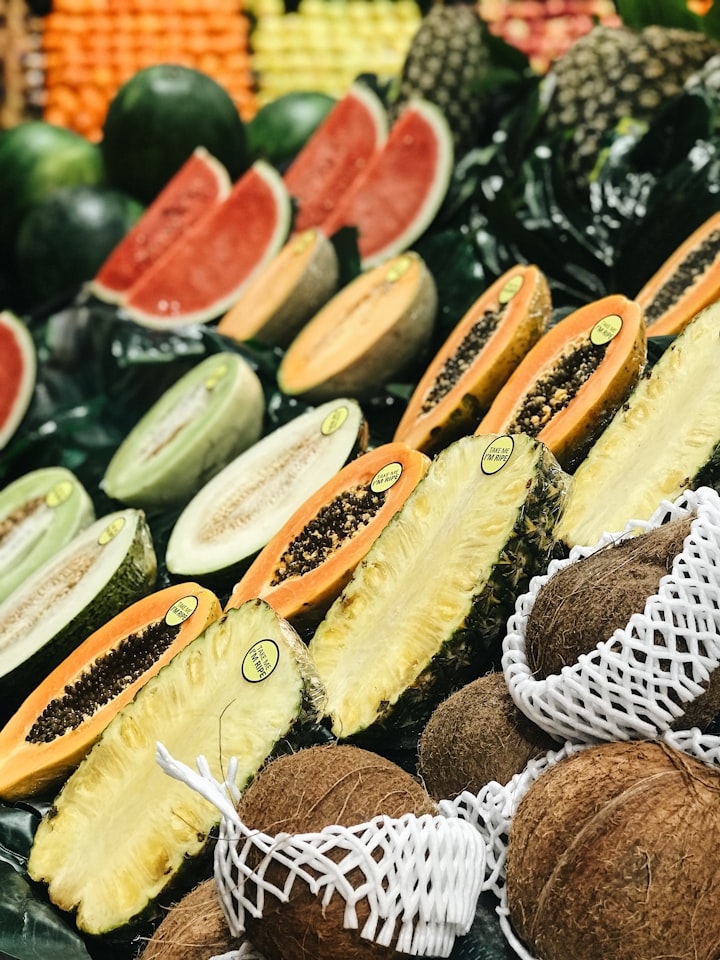Book Review: 'The Blue Zones'
Lessons of Longevity From Centenarians Around the World

In a refreshingly uplifting book on the lessons of longevity, The Blue Zones' Dan Buettner recounts stories and lessons of his travels to the five “Blue Zones” around the world. With the help of University of Minnesota researcher and professor, Dr. Robert Kane, and numerous other scientific experts, Dan Buettner gathers data on centenarians internationally and analyzes the lifestyle and nutrition habits that may lead to their prosperous, long lives. To set the stage, Buettner defines areas around the world with concentrations of the world’s longest lived people, often centenarians who live to be at least 100, as “blue zones.” The five regions in which he focuses are Sardinia, Italy, Okinawa Japan, Loma Linda, CA, USA, Nicoya, Costa Rica and Ikaria, Greece. Many of the nutrition and lifestyle conclusions that Buettner claims are supported by peer-reviewed research; and through the stories of the centenarians that he meets readers stay engaged while learning about wellness and nutrition.
At the core of the nutrition lessons in The Blue Zones is the extreme importance of plant-based diets. Buettner explains that to live this lifestyle, centenarians eat four to six vegetable servings daily, limit their intake of meat, use beans as the cornerstone of diet, eat nuts every day and often have gardens. Readers can follow this by trying, “to eat only whole foods or foods processed with fewer than five ingredients. So if it’s manufactured in a plant, avoid it. If it comes from a plant, eat it.”
Each of the five blue zones also offers unique takes on a plant-based diet. In Ikaria, Greece, they eat a “variation of the Mediterranean diet, with lots of fruits and vegetables, whole grains, beans, potatoes and olive oil.” In Okinawa, “their meals of stir-fried vegetables, sweet potatoes, and tofu are high in nutrients and low in calories.” Sardinians’ “diet consists of whole-grain bread, beans, garden vegetables, fruits, and, in some parts of the island, mastic oil,” they eat grass-fed goat cheese and meat is generally reserved for special occasions. The Costa Ricans of Nicoya eat fewer calories with an especially light dinner, the majority of their diet is focused on fortified maize and beans. And finally, the Seventh Day Adventists of Loma Linda, California drink plenty of water, focus on nuts and largely stay away from meat. The Blue Zones isn’t exclusively focused on nutrition but wellness in general; the blue zone residents also credit their strong friend and family circles, sense of purpose, ability to laugh off stress and active lifestyles when speaking of their longevity.
The Blue Zones’ food lessons are overwhelmingly consistent with the much of the peer-reviewed research that makes its way into the mainstream press; the centenarians of Blue Zones generally follow the guidelines laid out in the Harvard Nutrition Source and the Dietary Guidelines for Americans, which promote whole foods, whole grains, limited meat intake and quality over quantity. They stress a variety of vegetables, fruits, whole grains, lean proteins and legumes. It’s important to note that, ironically, the centenarians aren’t actively trying to follow certain guidelines set out but rather they live a lifestyle conducive of it. They are active, many have their own gardens and often financial constraints prevent them from buying excessive amounts of meat. The carb-heavy diet of the centenarians is in stark contrast to the low-carb diets that have become popular in recent years, but research funded by the Nutrition Science Initiative suggests that “isocaloric, low-carbohydrate ketogenic diet was not associated with increased body fat loss compared with a higher carbohydrate diet, but was associated with a barely detectable increase in energy expenditure.” While the populations studied in The Blue Zones have little need for body fat loss, their diets and active lifestyles have enabled them to maintain low BMI over the years.
The largest weakness of The Blue Zones is the lack of concrete science. The data that Buettner generates is largely qualitative rather than quantitative, and while the anecdotal nature of this data lends itself to great reading material it’s rarely based in hard science and peer-reviewed research. Throughout his travels, Buettner often has doctors and scientists accompany him who can offer insight into the actual science behind the underlying nutrition patterns and results that are observed in the centenarian populations but this is by no means conclusive. One blue zone that offers more concrete data is Loma Linda, CA. This is unsurprising due to its proximity to Los Angeles and the presence of a large research hospital and medical center within the community. The Adventist population in Loma Linda has been a part of the Adventist Health Study 1 and 2 funded by the National Institutes of Health, from 1974-1988 and 2006-present, respectively. Among many important findings related to food, lifestyle and longevity, AHS-1 found that the average 30-year-old Adventist male lives 7.3 years longer than the average 30-year-old Californian male.
The Blue Zones offers a great starting point for nutritionists, physicians, scientist and researchers to conduct studies that further bolster the lessons of health laid out by Buettner and the centenarians he interviews. For readers who are less-educated in nutrition or science, Blue Zones is a great book to promote health and motivate lifestyles that allow people to live longer, better. By studying long-living populations, the scientific community can continue to understand the food that allows humans to improve their quality of life and extend their healthy years.
About the Creator
Kenzie W. Carlson
Post-Bacc, Pre-Med Student and Digital Health Researcher.






Comments
There are no comments for this story
Be the first to respond and start the conversation.